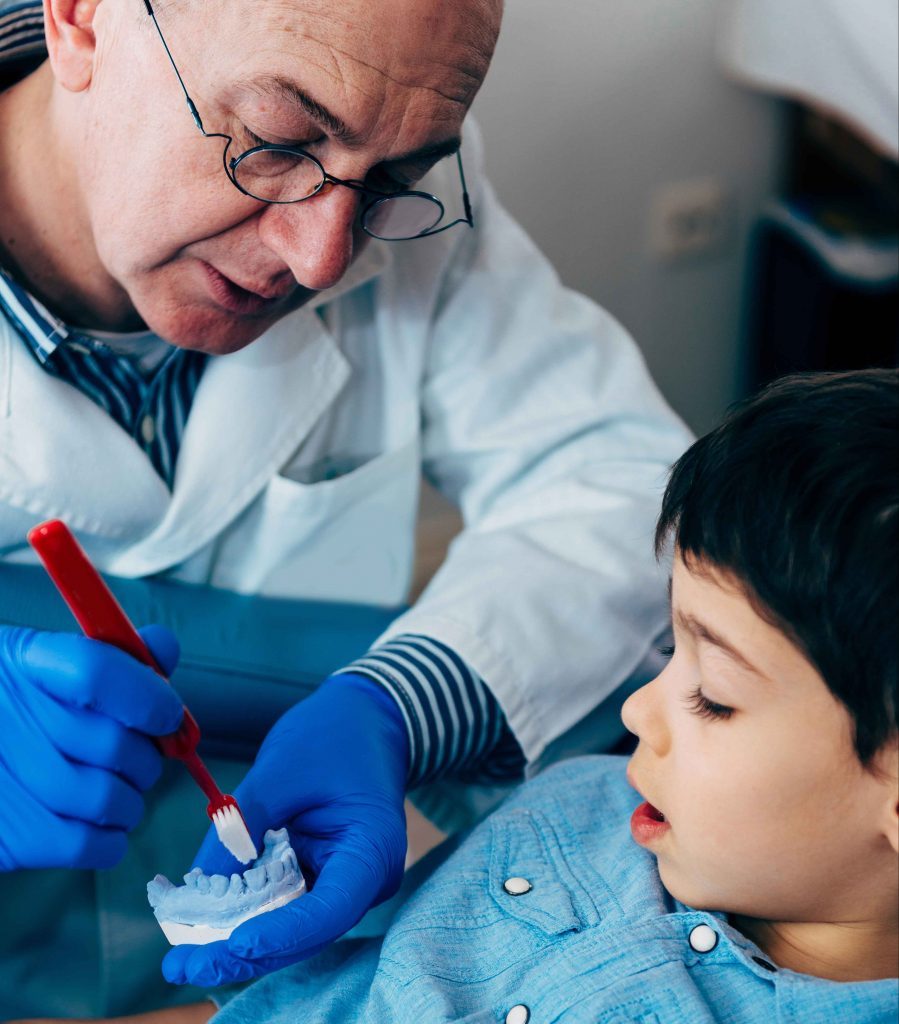 Angela Love looks at whether children with extensive decay should be classed as being the victims of dental neglect.
Angela Love looks at whether children with extensive decay should be classed as being the victims of dental neglect.
The revelation from the Local Government Association that NHS hospitals carried out more than 40,000 teeth extractions on young patients in 2015/16 was shocking but probably not surprising for many dentists. But while it is undoubtedly frustrating to witness the impact of poor diet and poor oral hygiene, it is harder to determine whether a child is a potential victim of abuse.
Dental neglect is probably the aspect of child protection that causes most difficulty among dental professionals and is regularly the subject of calls to the DDU’s helpline. Identifying and addressing dental neglect is problematic because childhood decay is such a common problem and does not necessarily mean the child is at serious risk of physical or emotional harm. Such cases require sensitive handling because there is a risk that labelling parents will drive them away and make it harder to provide necessary treatment to the child.
Identifying dental neglect
Dental neglect is defined by the British Society of Paediatric Dentistry as: ‘The persistent failure to meet a child’s basic oral health needs, likely to result in the serious impairment of a child’s oral or general health or development’. However, the term ‘should be reserved for situations where there is a failure to respond to a known significant dental problem’ is in line with the advice in Child protection and the dental team (Committee of Postgraduate Dental Deans and Directors, 2006).
Dental professionals are advised to use their clinical judgement to assess each case individually in the context of the child’s medical history and developmental stage, as well as factors such as access to dental treatment. However, particular causes for concerns might include: missed appointments for necessary treatment and failure to complete planned treatment. You should also be alert to underlying risk factors or markers of emotional abuse or neglect such as where a child looks dishevelled or seems withdrawn.
If you are unsure whether your concerns are reasonable, it’s important to seek advice from an experienced colleague such as a fellow dentist, paediatrician, child protection nurse, social worker or your dental defence organisation.
Taking action
Where dental neglect is accompanied by other signs of neglect or abuse, practitioners have a clear professional and ethical duty to raise concerns, following local procedures. The GDC’s Standards for the Dental Team (General Dental Council, 2013a) and supplementary guidance (General Dental Council, 2013b) says dental professionals should know who to contact for advice and how to refer concerns to the appropriate authority, as well as being able to justify a decision not to share concerns if you are asked to account for your actions at a later date.
In addition, the government guidance, Working Together to Safeguard Children (HM Government, 2015), requires that anyone with concerns about a child’s welfare should make a referral to local authority children’s social care. The guidance states that: ‘Early sharing of information is the key to providing effective early help where there are emerging problems.’
If referring a child to children’s services, you would usually be expected to talk to the child and/or their parent or guardian about your concerns and explain what you are going to do, unless this would put the child at greater risk. Seek advice from a child protection specialist or your dental defence organisation if you are unsure.
If you are concerned about possible dental neglect and there are no accompanying signs of mistreatment, it may be more appropriate to try and work with parents initially. Child protection and the dental team outlines a three-tiered response. The first tier is treating and managing the child’s dental needs within the immediate dental team while raising concerns with parents. The second tier is liaising with other health and social care professionals such as GPs and health visitors to agree a joint plan of action. The third tier is making a child protection referral if the situation deteriorates and the child is at risk.
It’s often hard, at least initially, to determine whether advanced dental disease in a young patient has been caused by ignorance, poor parenting, being unable to cope, or something more sinister. It is essential to seek expert advice if you are unsure about the most appropriate response.However, you will always be justified in reporting child protection concerns, provided they are honestly held, reasonable and have been raised with the appropriate authority. Whatever your decision, it is essential to keep a careful record of your concerns, discussions
and reasoning.
Informed child protection
Child protection is a sensitive and difficult area so it is important that you do not make decisions in isolation. Your practice should have a child protection policy, clear procedures to follow when reporting concerns, including the appropriate contact numbers and all members of the dental team should take part in regular training in child protection.
Organisations that can advise on or provide training include Local Safeguarding Children Board, Local Area Teams/Health Boards and Local Education and
Training Boards.
The better prepared and informed you are, the more confident you will feel when responding to dental neglect and child protection.
References
Committee of Postgraduate Dental Deans and Directors (2006) Child protection and the dental team, 2006-13
General Dental Council (2013a) Standards for the dental team
General Dental Council (2013b) Guidance on child protection and vulnerable adults
HM Government (2015) Working together to safeguard children
For more information visit www.theddu.com.


